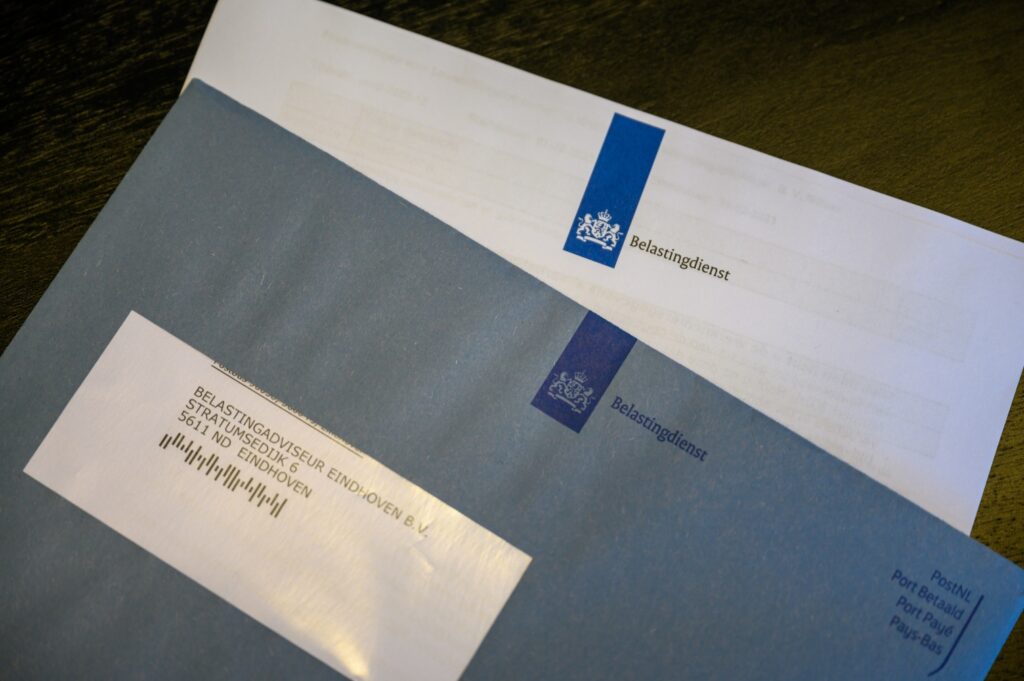
In dit artikel vertellen we alles over de aangescherpte regels rondom schijnzelfstandigheid bij ZZP’ers die per 1 januari 2025 zijn ingegaan.

If you stop your business as an entrepreneur in the Netherlands, you may have to pay cessation profit. But what is cessation profit and how do you arrange this as fiscally advantageous as possible?
Cessation profit is the difference between the book value and the actual value of the business at the time of cessation or transfer. Thus, there is only cessation profit when you cease your business. Often, when you stop your business and liquidate it, there is money left over after the sale of all assets.
The cessation profit usually consists of:
Hidden reserves are the differences in fair value and the tax book value of the assets on the balance sheet. This can occur when you have assets on which you have depreciated in recent years and the depreciation amounts to more than the actual depreciation in fair value. Then the tax value is lower than the actual value and thus a hidden reserve arises.
You may build up fiscal reserves tax-free in your business for possible future expenses. Fiscal reserves include the retirement reserve, reinvestment reserve and equalisation reserve. You can take these out of profits for tax purposes before paying income tax on them. This ensures that there is still an item on the balance sheet that has not yet been taxed. At cessation, the tax authorities still want to tax this profit that has not yet been taxed; the reserves may only be used during the period that the company exists, so these items must be included in the cessation profit.
Als er sprake is van een overname van de onderneming moet er ook afgerekend worden over de stakingswinst. Bij overname is het echter in veel gevallen zo dat de overnemende partij meer betaalt voor de onderneming dan dat wat het daadwerkelijk waard is, bijvoorbeeld voor de naam of ligging van de onderneming. Deze overwaarde noem je goodwill en moet ook meegenomen worden in de stakingswinst.
If you have made an investment in the past five years and have received an investment deduction for it, this must be corrected when you cease trading. Suppose you cease operations after three years, then two years of investment deduction must be corrected. This is called the disinvestment addition. This disinvestment addition must be added to the cessation profit.
By adding up the value of the above items, we know how much the cessation profit amounts to. But how is it taxed and are there any deductions you are entitled to as an entrepreneur when you strike?
As an entrepreneur, you are entitled to a cessation deduction when you discontinue your entire business. The cessation deduction is equal to the cessation profit up to an amount of €2,470. You can use this amount once per person, so if you have already discontinued a business and used the cessation deduction, you cannot apply it again. When your cessation profit is below €2,470 you cannot deduct this entire amount. In that case, you may still apply the unused amount of the cessation deduction at the next cessation.
Do you want to start today?
When the Dutch company is not terminated but you are reselling it and it is continued by the buyer, there is a possibility to convert the cessation profit into an annuity. By converting the cessation profit into an annuity, no or less tax has to be paid at the moment of cessation since there is less or no profit, although it will be taxed later when you pay out the annuity.
However, there is a limit to how much of the cessation profit you may convert into an annuity. To find out how much cessation profit you may convert into an annuity, two amounts must be considered:
You can't convert more than the cessation profit into an annuity, so if you're not at the maximum annuity below, you can convert the entire cessation profit into an annuity, but no more.
Vanuit de belastingdienst is er ook een maximaal bedrag bepaald waarvoor de stakingswinst omgezet mag worden in een lijfrente. De hoogte van dit bedrag is afhankelijk van uw situatie.
| Situation | Additional annuity premium deduction |
– Overdracht door een ondernemer met een leeftijd van 62 jaar of ouder – Overdracht door een invalide ondernemer – Staken van de onderneming door overlijden | € 566.197 |
– Overdracht door een ondernemer met een leeftijd tussen de 52 en 62 jaar – Overdracht door een ondernemer als de lijfrente-uitkering direct ingaat | €283.110 |
| Remaining cases | € 141.564 |
Source: Belastingdienst
If, after the cessation deduction and the possible conversion to an annuity, there is still cessation profit left, then this amount is regarded as cessation profit and added to the annual profit together with the profit realized before the cessation. Subsequently, this total annual profit is taxed according to the rate in box 1 of the income tax.
There are a number of exceptional situations regarding the cessation profit. In these cases, you do not have to settle the tax bill at cessation if you use the carry forward facility. These exceptional situations are the following:
Are you planning to convert your business or cease and seek help with doing so? Then contact us. We will be happy to guide you and together ensure a smooth and fiscally advantageous transition.
Do you want to start today?

In dit artikel vertellen we alles over de aangescherpte regels rondom schijnzelfstandigheid bij ZZP’ers die per 1 januari 2025 zijn ingegaan.

As a sole proprietor in the Netherlands, there are several tax benefits you can make smart use of. You can read more about them in this article.

An audit by the Tax Authorities is something that can happen. However, it does not have to be a stressful experience. In this article, we explain how an audit works and what your rights and obligations are.
In order to provide the best experience, we use technologies such as cookies to store and/or retrieve information on your device. By agreeing to these technologies, we can process data such as browsing behaviour or unique IDs on this site. If you do not give your consent or withdraw your consent, this may adversely affect certain functions and capabilities.